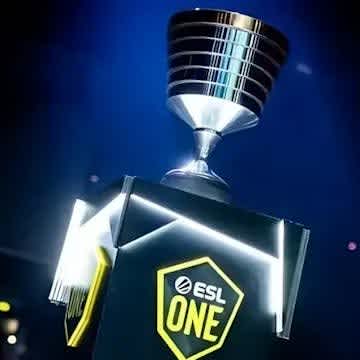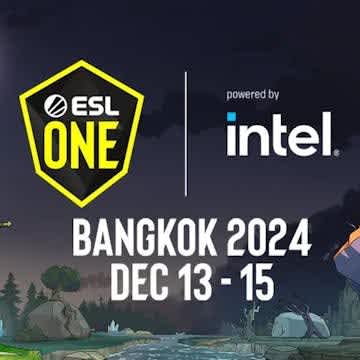TI11 marks the end of an era in more ways than one
PGL’s poor broadcast production has been the main story of today’s games but there are many other facets of that makes it feel like we won’t ever get back to the pre-pandemic days. From the prize pool to the state of the world in general, we’re very deep down the rabbit hole in an odd kind of wonderland.
It’s been three years now since a proper TI main stage event, with crowd finals and all the goodies. TI11 could have been a triumphant return to the peak of Dota 2 esports, but so far, it doesn’t seem to be the case. Part of this is due to everything that has been going on around the world since OG re-etched their names onto the Aegis of Champions, but even if you look aside those considerations, the exploits of the Powerpoint Gaming Livestream group just makes things all the worse.
Fans of CS:GO are likely not surprised by PGL’s struggles to put up a good show, but their struggles in Singapore are even beyond what they’ve recently experienced in Stockholm and Antwerp when it came to hosting the biggest events in the scene. (It doesn’t make things much better that ESL’s now also struggling with their own broadcasts, making this a sad time to watch Valve-sanctioned events regardless of the game.)
The quality on display is unacceptable even for the group stage, especially with the extra opportunities provided by the Last Chance Qualifier to sort out any initial kinks. The list of problems is too long to list here, but long freezes and audio errors, consistent issues with the off-site broadcasts and the limited studio graphics available (when they’re even present at all) makes the experience feel extremely cheap.
So, Valve have reaffirmed their commitment to competitive Dota 2 recently – you could say they are in for it in the long haul. Fans of Artifact know just how nebulous this kind of a statement is. Who knows what the future brings? What we do know is what we don’t have in the presence.
No acceptable broadcast for the ongoing super-important Dota 2 matches, for one. No BTS in the foreseeable future to put up high-quality shows. No ana, no Topson, no VP in the main event, marking a passage of the torch after a year of competition was cruelly ripped from everyone’s career. No record-breaking prize pools, not even close. (In fact, we’re somewhere between TI4 and TI5.) No positive reception for the battle pass, no exciting new goodies.
For everything to do with Dota 2 specifically, Valve has the means and the resources to make it happen. In recent years, “managed decline” is the most charitable way of looking at the state of the game, as the company’s way of treating esports as a mere marketing tool for the game rather than a viable standalone entertainment product becomes more and more archaic with every passing year.
Meanwhile, there’s a brutal real-world s queeze in all aspects of life that makes living the esports dream punishingly difficult. China still struggles with ill-conceived lockdowns and the biggest nations Eastern Europe are literally at war with each other. The economic downturn we’re all experiencing (and with no stay-at-home-induced growth of esports to compensate this time) makes it less likely that crowdfunded prize pools will reach their previous heights anytime soon, and venture capital groups are becoming all the less likely to dump money into a growing – meaning not yet profitable – industry.
We won’t have an event like TI9 again anytime soon, and certainly nothing like TI10’s prize pool. Events are smaller, broadcasts are worse, players have more external stressors to deal with and the industry is wobblier than it’s been for a long time. Dota isn’t in its best state either.
TIs 1 through 9 were a very different time. It’s as if OG’s title defense shattered an esports equilibrium, one we may never again return to. Only one thing is for sure: it will all get worse before it gets any better.





